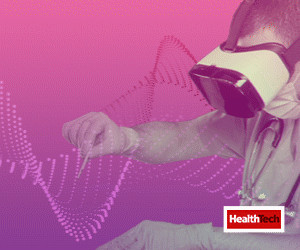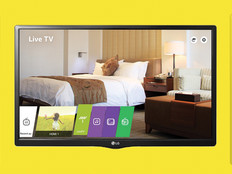Stanford Health Taps VR to Reduce Anxiety in Child Patients
As part of its new main building chock full of innovative technologies, Stanford Hospital’s Lucile Packard Children’s Hospital Stanford has on hand virtual reality headsets for patients that are often notably anxious: children.
“When kids come to the hospital, it’s one of the most stressful experiences of their lives,” says Dr. Sam Rodriguez, an anesthesiologist with Stanford Children’s Health.
To mitigate that, the organization is using virtual reality to help decrease anxiety and perceived pain during minor procedures, such as wound cleanings, IV insertions and endoscopies. That also helps to reduce the use of anesthesia on children.
“We want to do everything we can do make sure they get a good experience with fun games and cool technology,” Rodriguez says.
The use of VR is the brainchild of Rodriguez and Dr. Tom Caruso, another anesthesiologist, who co-direct the hospital’s Childhood Anxiety Reduction through Innovation and Technology program.
The hospital has deployed more than 50 VR headsets into daily clinical practice, including Samsung Gear VR, HTC Vive and Lenovo Mirage Solo headsets.
“When children put on the goggles, they enter another world,” says Stanford Children’s Health Chief Medical Information Officer Natalie Pageler. “It distracts them and allows them to tolerate much more intervention than they would normally without anesthesia.”












